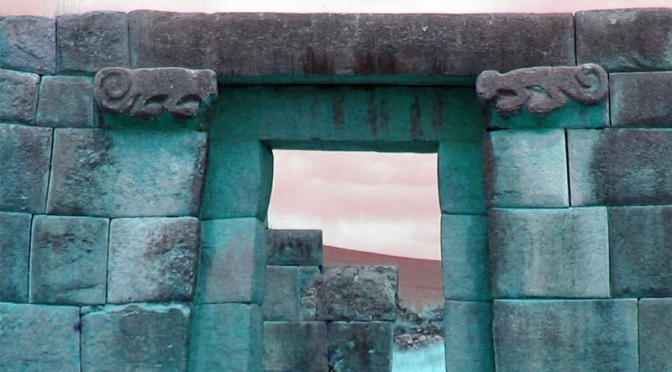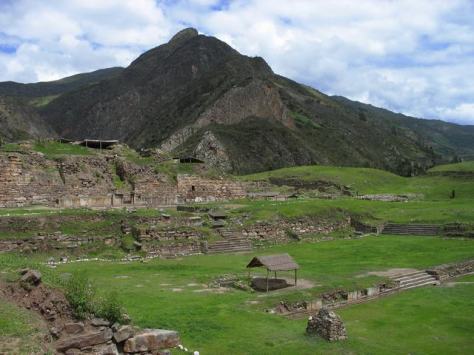
Nearly twenty years ago, when I first pitched a writing project focused on emerging disputes over the intellectual property (IP) of Indigenous peoples, my favorite editor’s reaction was that the topic was too specialized and, frankly, too boring to sustain a compelling book. Eventually I was able to convince her otherwise, and her editorial ministrations helped to shape a work whose longevity has surprised both of us. Not that it hasn’t evoked its share of criticism, but that is to be expected when dealing with a highly charged and complex topic.
Fifteen years after publication of Who Owns Native Culture?, debates over strategies to protect the intangible heritage of Native Americans and other Indigenous communities have produced few durable solutions, an assessment shared by an influential Native American attorney to whom I spoke recently. The World Intellectual Property Organization (WIPO) continues to fiddle around with efforts to draft a global instrument that would offer protections to traditional knowledge, but its progress must be measured on a geological time scale.
The news isn’t all bad. Contemporary concern about cultural appropriation has at least drawn broader public attention to the ethics of cultural borrowing or theft (take your pick), even if some of the activist discourse threatens to trivialize what’s at stake for Indigenous peoples. Creative research initiatives such as the now completed IPinCH project and Kim Christen Withey’s “In Transition” efforts give me hope that real progress is possible.
A recent and entirely unexpected development that turns the Indigenous IP issue on its head is usually referred to as the “sovereign immunity” question. As the journalist Adam Davidson explains in a wonderfully succinct New Yorker piece published in 2017, a revision of patent law passed by the U.S. Congress in 2012 made it much easier for corporations to challenge patents held by others, potentially leading to a n explosion of expensive litigation. Exempt from the law are sovereign entities—typically nation-states but also federally recognized Indian nations. A creative patent attorney in Texas came up with the idea of helping corporations transfer their patents to sovereign Indian tribes as a way to minimize patent scrutiny. The first transfer took place between the pharmaceutical company Allergan and the St. Regis Mohawks. In exchange for the transfer, the Mohawks agreed to lease rights to patents associated with the best-selling drug Restasis back to Allergan for $15 million a year.
n explosion of expensive litigation. Exempt from the law are sovereign entities—typically nation-states but also federally recognized Indian nations. A creative patent attorney in Texas came up with the idea of helping corporations transfer their patents to sovereign Indian tribes as a way to minimize patent scrutiny. The first transfer took place between the pharmaceutical company Allergan and the St. Regis Mohawks. In exchange for the transfer, the Mohawks agreed to lease rights to patents associated with the best-selling drug Restasis back to Allergan for $15 million a year.
It will come as no surprise that this clever ploy has sparked its own wave of litigation. As I write, the issue is far from settled. In October 2017 Sen. Claire McCaskill announced that she had drafted a bill that would invalidate patent transfers to Indian nations, a move that the Mohawks denounced as “hypocritical.” So far, the courts haven’t been sympathetic to Allergan’s strategy.
Anyone as sympathetic to Native American causes as I am will be tempted to celebrate the Mohawks’ strategic use of their sovereign status to generate badly needed revenue for their community. And there is a delicious irony in Native Americans benefiting, perhaps for the first time, from an intellectual property regime that has long allowed the appropriation and exploitation of their traditional knowledge by powerful outsiders. Yet from a social justice standpoint this use of sovereignty is flawed at best, since its goal, at least from Allergan’s perspective, is to delay generic versions of Restasis from becoming available to patients, presumably at a lower cost.
Chief Justice Earl Warren once declared, “In civilized life, law floats in a sea of ethics.” In this case, the ethical sea is notably unsettled and murky.



You must be logged in to post a comment.